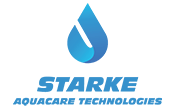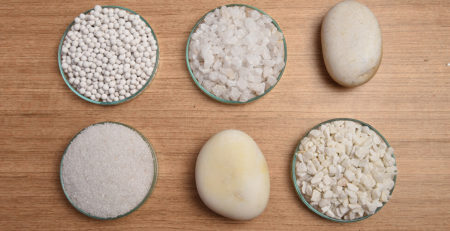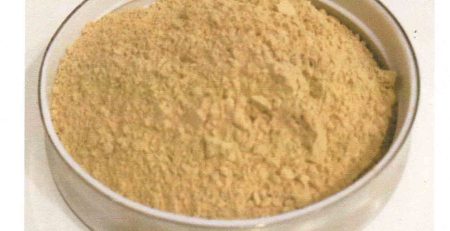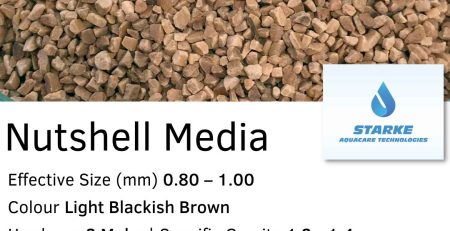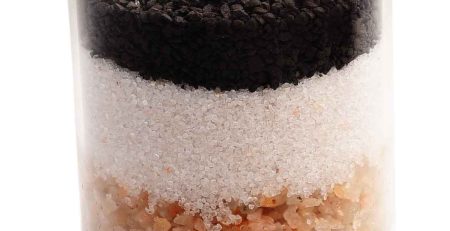Everything You Need To Know About Activated Carbon
If you’re like most people, you’re probably wondering what activated carbon is, and its application. An easy way to describe it is that it is a refined form of carbon which has many pores thus an increased surface area used for absorption or in chemical reactions. The following is most popularly described and used as an absorber of contaminants including pollution. You will have a better notion of what activated carbon really is and how it operates after you have read this.
There are a couple of ways that activated carbon can be produced from substances such as wood, nutshells, or coal. One method involves a process called carbonization. The process requires heating of carbon content up to 600-900 C, and it has to be where the gases are inert such as argon or nitrogen in the atmosphere. Another method, called Oxidation, exposes the carbonized materials to oxidizing atmospheres such as oxygen, carbon dioxide, or steam, at temperatures between 600-1200 °C. The two methods physically change the molecular structure thus increasing the surface area available for the chemical reactions or absorption to occur.
Activated carbon can be created in a variety of different physical forms. A large surface area to volume type of ratio can be found in powered activate carbon which is used generally, in water intakes, basins, rapid mix clarifiers, and filters such as gravity ones. The size of granular activated carbon particles is bigger than that of powdered form and hence they have a lesser surface area to volume ratio. This particular product is the most preferable for the absorption of gases and vapors. Impregnated carbon, which name stems from being “impregnated” by several types of inorganic substances (Aluminum, Magnesium, Zinc, Iron, Lithium, Calcium), has been used in air pollution control in museums and galleries. While activated carbon may take many different physical forms, its application is still the same – to remove pollutants and other contaminates.
How does activated carbon work in purification?
The organic compounds in the water get attracted to the activated carbon as tap water is passing through the filter, and the two substances have the reaction in the form of being getting chemically bound to each other. The pollutants never get into your sink or the glass because the pores of the filter never allow such large molecules to pass through.
